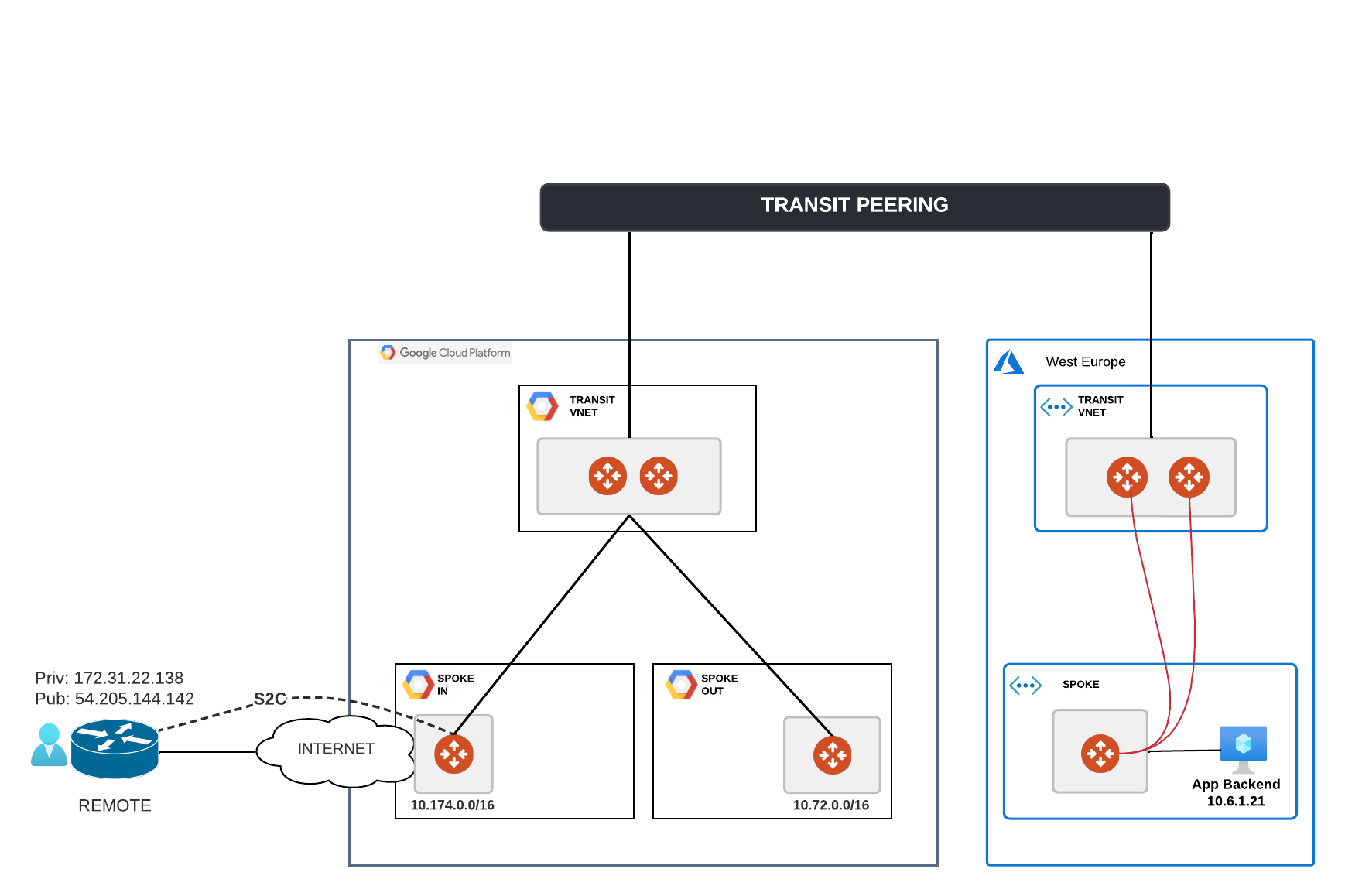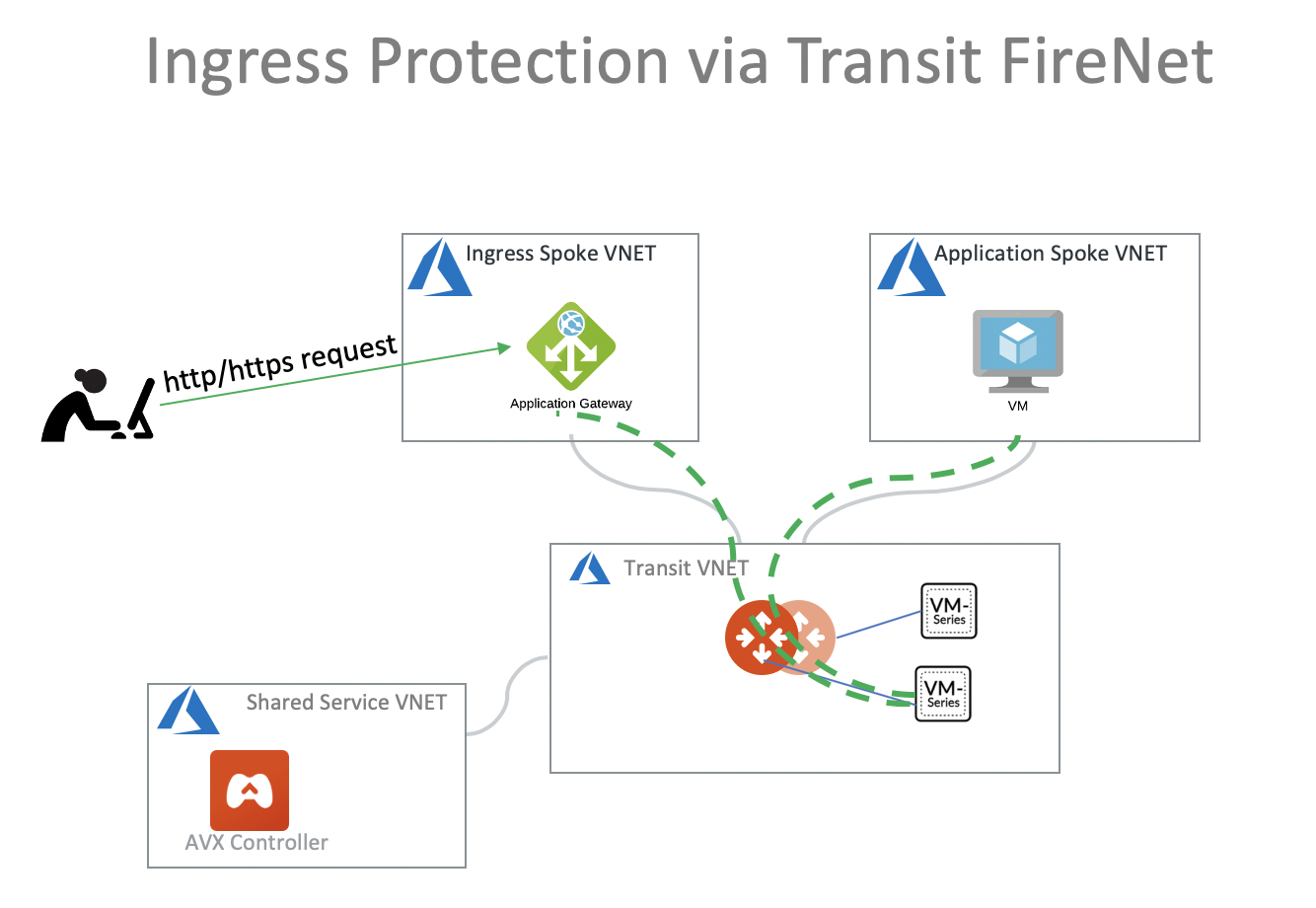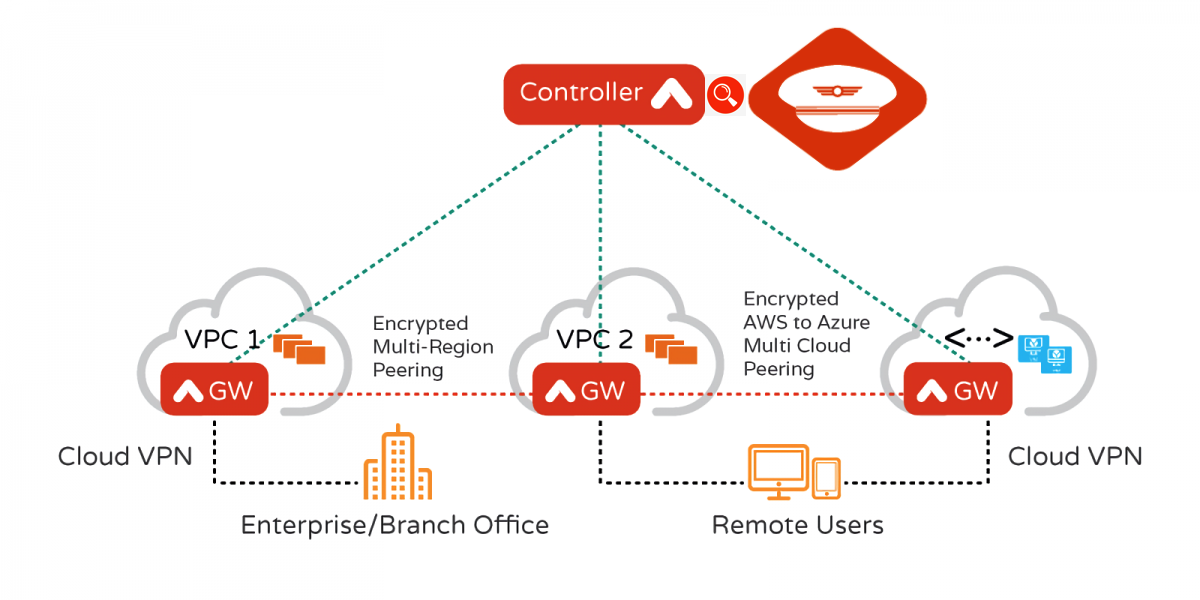Table of Contents
Description
Last week I got asked by a customer what I think about the AWS Firewall and if it would be wise for him to implement it in his environment.
I browsed fast through the various tech documents about it, got initially confused and realised that this is not one of those topics that I was going to understand fast and move on.
I invested more time into it, started reading about rule groups, stateless, statefull rules and … I needed a break.
There was surely no quick answer in sight.
Going into the topic even deeper I reached the proverbial French saying “je ne sais quoi”.
Would I implement this firewall in my own environment ?
Maybe…
Then again I’m a perfectionist, always afraid of failing…
I tend to find limitations, restrictions, imperfections and get easily disappointed.
If you want to learn I invite you to join me in this journey :)




